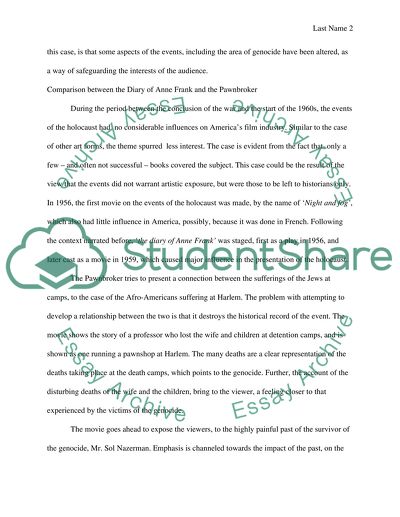Cite this document
(“The comparison of the topic of genocide presented in the two movies Research Paper”, n.d.)
Retrieved from https://studentshare.org/journalism-communication/1486354-the-comparison-of-the-topic-of-genocide-presented
Retrieved from https://studentshare.org/journalism-communication/1486354-the-comparison-of-the-topic-of-genocide-presented
(The Comparison of the Topic of Genocide Presented in the Two Movies Research Paper)
https://studentshare.org/journalism-communication/1486354-the-comparison-of-the-topic-of-genocide-presented.
https://studentshare.org/journalism-communication/1486354-the-comparison-of-the-topic-of-genocide-presented.
“The Comparison of the Topic of Genocide Presented in the Two Movies Research Paper”, n.d. https://studentshare.org/journalism-communication/1486354-the-comparison-of-the-topic-of-genocide-presented.


